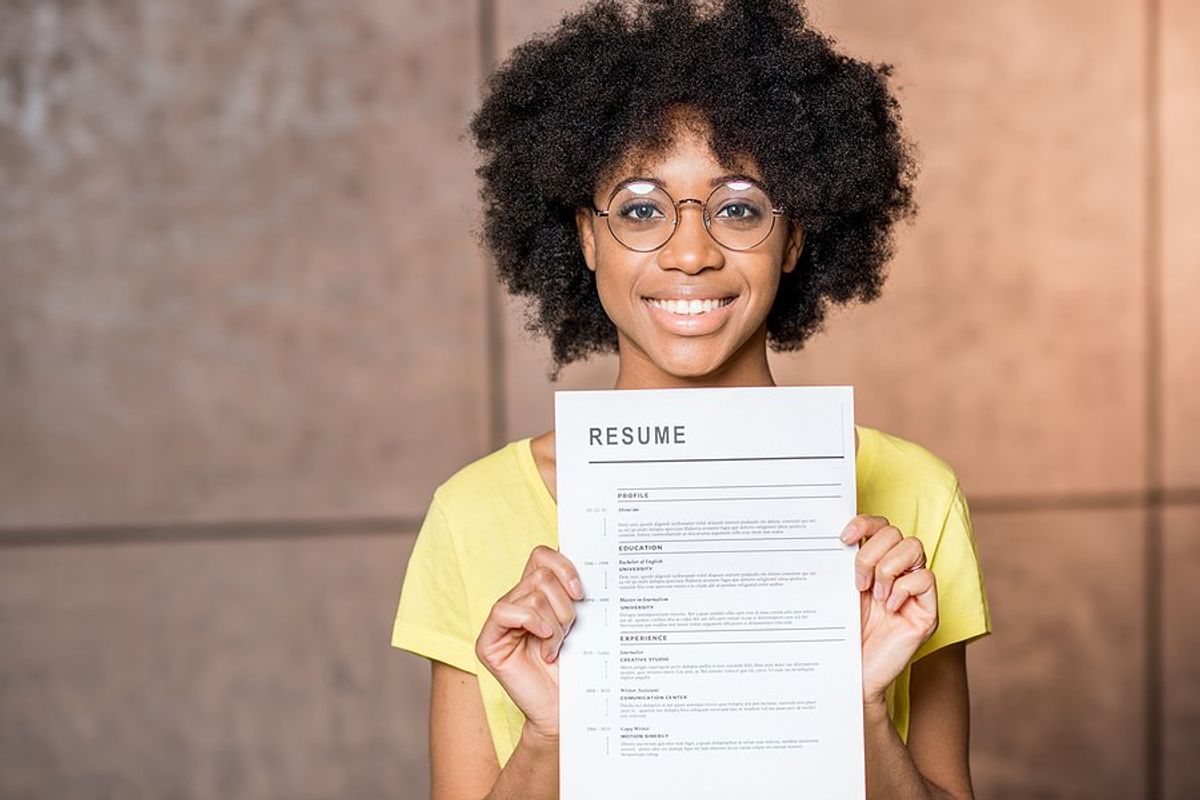
Every day, millions of job seekers find themselves struggling to understand one big question: What does it take to actually get a job offer? Interviews come and go but no job offers. What gives?
The whole job search process has changed so much in the past few years. But at the end of the day, there is one thing that has not changed at all: You can only get a job offer as a result of your performance in a job interview. However, if you don’t have a fundamental understanding of who actually gets job offers, it doesn’t really make a difference if you land five or 50 job interviews. It’ll be tough to land a job.
Here’s a little insight on how hiring managers make decisions…
How Hiring Managers Make Decisions In The Interview Process
When hiring managers sit down together to decide which candidate gets a job offer, the decision is not likely going to be made based on any one candidate’s education, qualifications, work experience, or hard skills. Occasionally, one or more of those could play a part in breaking a tie between two great candidates, but that doesn’t happen all that often.
Here’s the truth: Some people who are clearly less qualified than you are get the job offer.
In an attempt to be the most impressive candidate, many job seekers search online for the most common interview questions and then spend time compiling their best stories so they can give great answers that show they have the skills to do the job. But by the time you get past the phone interview (and especially when you get to the second interview and beyond), it’s not really about whether or not you meet the requirements set forth in the job posting anymore. It’s already been determined that you are qualified enough.
Pulling out your best stories is a good idea, but it skips over a key component. Hiring managers don’t just want to know what you did in previous jobs. They are also looking very closely at how you did it. Hiring managers are very interested in knowing who you are as a personâyour work ethic, your attitude, your work style, your people skills, and whether or not you will fit into the workplace culture and be a big asset to it.
Who Gets The Job Offer?

If two managers are trying to make a hiring decision, the following is a representation of a typical conversation:
Manager 1: “Wow! Mike has 10 years of experience and a master’s degree, but I was more impressed with Jeff. Wasn’t that a great interview? He doesn’t have the experience but he has the passion, a great attitude, and the drive that we need around here. And he has a lot of great ideas! His enthusiasm was contagious! I sensed that Mike sees this job as more of a way to just collect a paycheck. I also get the feeling he might be resistant to our way of doing things. Didn’t he seem pretty set in his ways? I think he might be burnt out or something. I think I can get Jeff up to speed in no time. Staci was good too, but I say we go with Jeff.”
Manager 2: “I agree. I admit, I am a little concerned that Jeff has only three years of experience since we decided we needed someone with at least five years. But he seems to really know his stuff so I think I am okay there. I love how he talked about how important his own personal development isâhe’s the type who will probably train himself. You are right on with Mike. I didn’t sense that in the first interview but I did in this one. He seems like the guy who wouldn’t do much outside of his job description. And while he could step right in and do the job, we definitely need more positive energy around here. I liked Staci too. What are your thoughts on her?”
Manager 1: “I like Staci and she could be the right person, but having Jeff and Staci’s interview back to back really showed some of Staci’s deficiencies. She could easily do the job. She didn’t say anything that was overly concerning, but she just doesn’t have that energyâthe enthusiasmâthat Jeff has. He seems to have a lot more ambition than she does. It just doesn’t seem like this job excites her as much. Jeff seems excited about what we do here and has a personal interest in it and that’s important. Also, I am not certain she’ll fit in. Remember when she talked about that project she worked on with four others but then said she did 90% of the work? She had a reasonable explanation but I don’t know if I buy it. Plus, she did seem focused on questions about work hours and flex time. I just feel like Jeff will really run with this job and turn it into something great. I would like to extend an offer to him.”
Manager 2: “You’ll be his manager, so if you are certain, I will support that.”
How Do Hiring Managers Describe You?

That is a key question to ask yourself. Do you express your positive attitude, enthusiasm, excitement, and stellar work habits? How will hiring managers describe you, as a person, after you leave?
Soft skills are critical and it’s not enough to say you have them. Most people say they are a positive person and will work very hard to get the job done right. That does nothing for you if you don’t prove it.
If you want to impress, hiring managers must be able to feel those words and see how you displayed those characteristics in the past. Show enthusiasm in your toneâraise it up a few levels! Be expressive and show excitement. Show you care about the work by giving examples. Show how you always put forth your best effort in everything you do by giving clear examples of excellence in past jobs (quantify your accomplishments). Show ways you went above and beyond and express why excellence is important to you.
However, there is one critical question that plays the biggest part in making this work for you: Are you that person?
Most people know they should present themselves in this way but many just say who they are and don’t show it. Some are people who don’t even have positive attitudes. And many of these people go into interviews and try to fake it. Some people are really good at it. Many others are not so good. But for the most part, a lot of hiring managers can see right through it.
By far, the most effective way to express positivity, enthusiasm, and excellence is having it in you to expressâit has to be real to have a significant impact. And that only happens when you truly feel connected to the company and its mission. (What companies are on your interview bucket list?) If that’s what hiring managers want to see in you, then it should go without saying that they also expect it from you on the job. If those words don’t describe you, taking some time to work on your own personal development in this area should be a top priority on your to-do list.
When it’s all said and done, hiring managers need to be wowed by you! While your skills and expertise matter, companies actually hire for three things: personality, aptitude, and experience (in that order). If you want to stand out and get job offers, then show up at the interview and give them your best self so that when you leave, they already know they want you to come back.
Need more help with your job search?
Become a member to learn how to land a job and UNLEASH your true potential to get what you want from work!
This article was originally published at an earlier date.








































